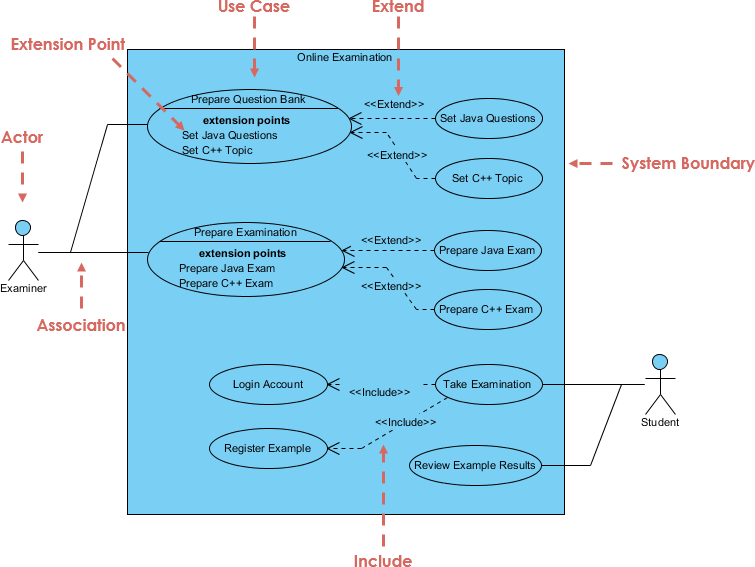
Alternatively, you can also use a secure embed code to embed the use case diagram in any site or intranet. Share the diagram with others either using a workspace share link or export it to a variety of file formats if needed. This allows team members to see the evolution of the diagram and rollback to previous versions if needed. A use case diagram is a tool that maps interactions between users and systems to show the interactions between them.

Use version control to keep track of changes made to the use case diagram. During the design and development stage, organizations can use visual representation to show their existing systems. You can use comments to carry out discussions and tag teammates to get clarifications. Once the diagram is complete, share the use case diagram with team members and ask for their feedback. Then identify the actors and the use cases that can be generalized Identify the use cases or what the actors need from the system and the common functionality that can be reused across the system. What is The Use Case Diagram An use case diagram can be explained as a behavioral or dynamic diagram that models a system’s functionality by the use of use cases and actors. Actors can be a person, organization or another system which will be engaging with the system. Use real-time mouse cursors and synced previews to easily track the changes other participants make in the workspace.ĭrag and drop the system boundary shape onto the canvas before identifying and adding the actors outside it. The sequence diagram documents use cases and show the interaction made between user and platform to complete a specific use case. Share the workspace with others you wish to collaborate with.


Open Creately and create a workspace to draw your use case diagram online and open the use case diagram shape library.


 0 kommentar(er)
0 kommentar(er)
